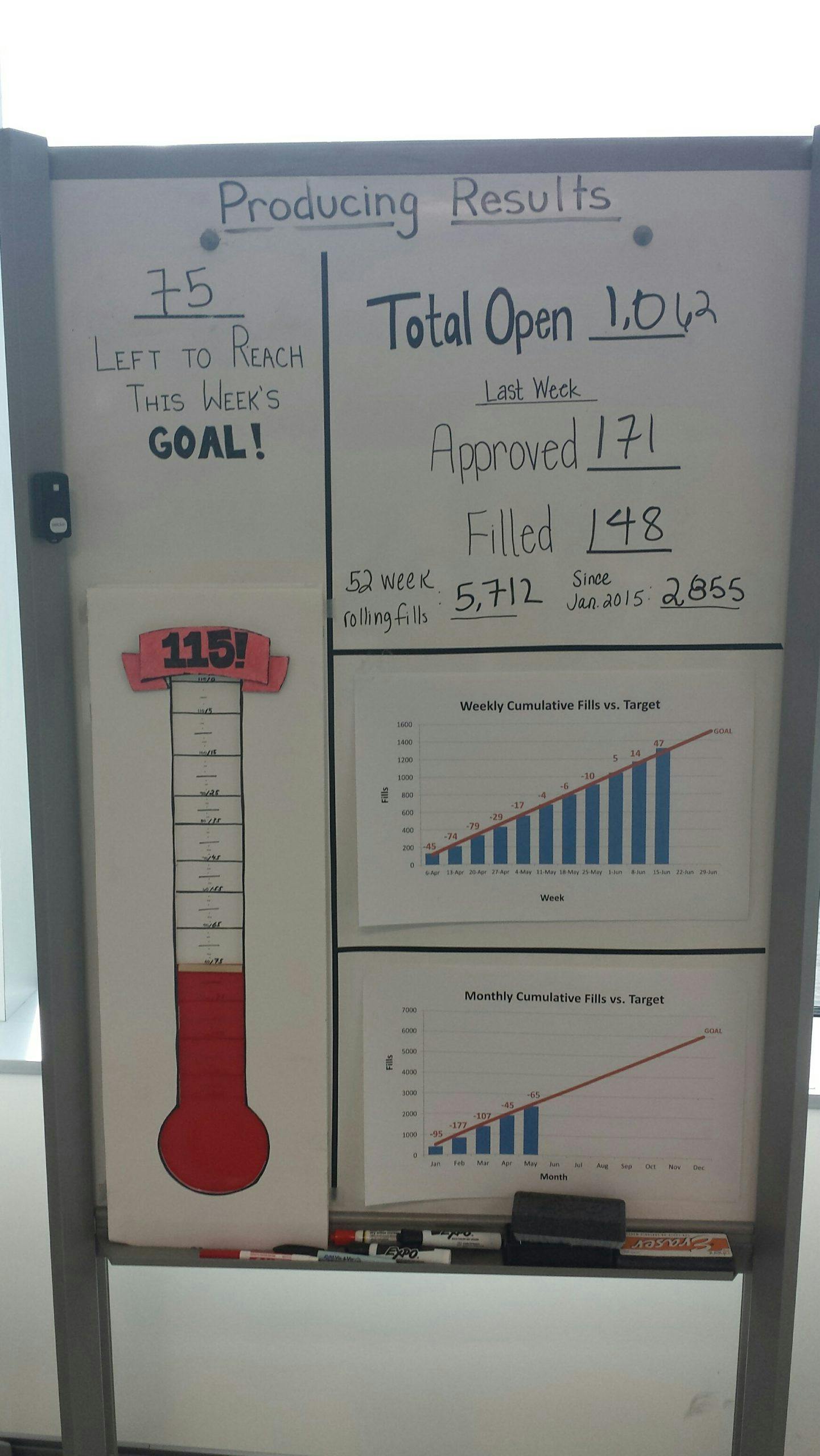Teamwide goal setting is crucial if you expect to maximize and maintain your productivity.
Your team members must always be clear about what your goals are, and how you’ll get there; that should be a given.
But realize that some of your team members will have a better understanding of goal-setting than others, so it’s up to you to make sure they all stay on the same wavelength.
1. Start with individual team members
You’ll find it easier to establish team goals if individual members also have personal goals to reach for.
Chris might want to make $150,000 annually by the time he’s 35, while Jane may prefer to move up the management ladder toward CFO. As you learn your team members’ personal and professional development goals, help them find ways to weave those goals into the general goal-fabric of both team and organization.
2. Set reasonable goals
Whether it involves finishing a particular project or improving overall performance, provide your team with reasonable goals that include time-based milestones and objectives. Show them how they can increase their productivity over the next year or so, and communicate the plan clearly.
Precision counts: Tell your team precisely what they need to do to move everyone forward. The more detailed you are, the easier it is for them to engage. “Try harder” and “Do your best” don’t work nearly as well as “Let’s finish this project by next Friday.”
3. Ensure a supportive, productive working environment
Invite open discussion and sharing of resources.
Make sure that when someone is ill or a position is open, you have enough overlap in skill sets to fill the blanks while you’re short-staffed. Continually ask people how they think productivity can be improved.
Getting their input empowers them to participate, so meet with your team and brainstorm. They may have some innovative or easily implemented ideas to contribute, perhaps something as simple as issuing everyone an iPad, that gives them an opportunity to shine.
4. Give your team something to shoot for
You not only have to clarify what the goals are and how to get there, but you’ll also need to help blaze a trail. The quicker your team reaches one goal, the quicker they can move to the next, and the more productive they’ll be.
Motivate your employees in positive ways — from offering bonuses to helping them climb the corporate ladder. Explain the rewards system and follow it meticulously, without favoritism.
If your team can’t trust you to keep your side of the bargain, why should they bother reaching for the goals?
5. Track productivity and provide meaningful feedback
You can’t manage what you can’t measure. Keep an eye on your team deliverables and overall production using Key Performance Indicators (KPIs), timesheet software, or scoreboard programs such as Kaptasystems.com or i-nexus.com. That way, you’ll more easily see who needs help and who already pushes their productivity through the roof. Once you have that information in hand, you can provide meaningful feedback that includes specific growth ideas.
Purposeful Productivity
Good leaders give of themselves. Employees need someone to prepare the path for them, to be there when they need them, and to guide them along the way.
They want you to actually lead. Remember, goals are promises about the future.
When you sincerely demonstrate compassion for your team, care about their futures, and hold everyone to their promises — including yourself — they’ll follow you to the ends of the earth.
This was originally published on Laura Stack’s The Productivity Pro blog.
